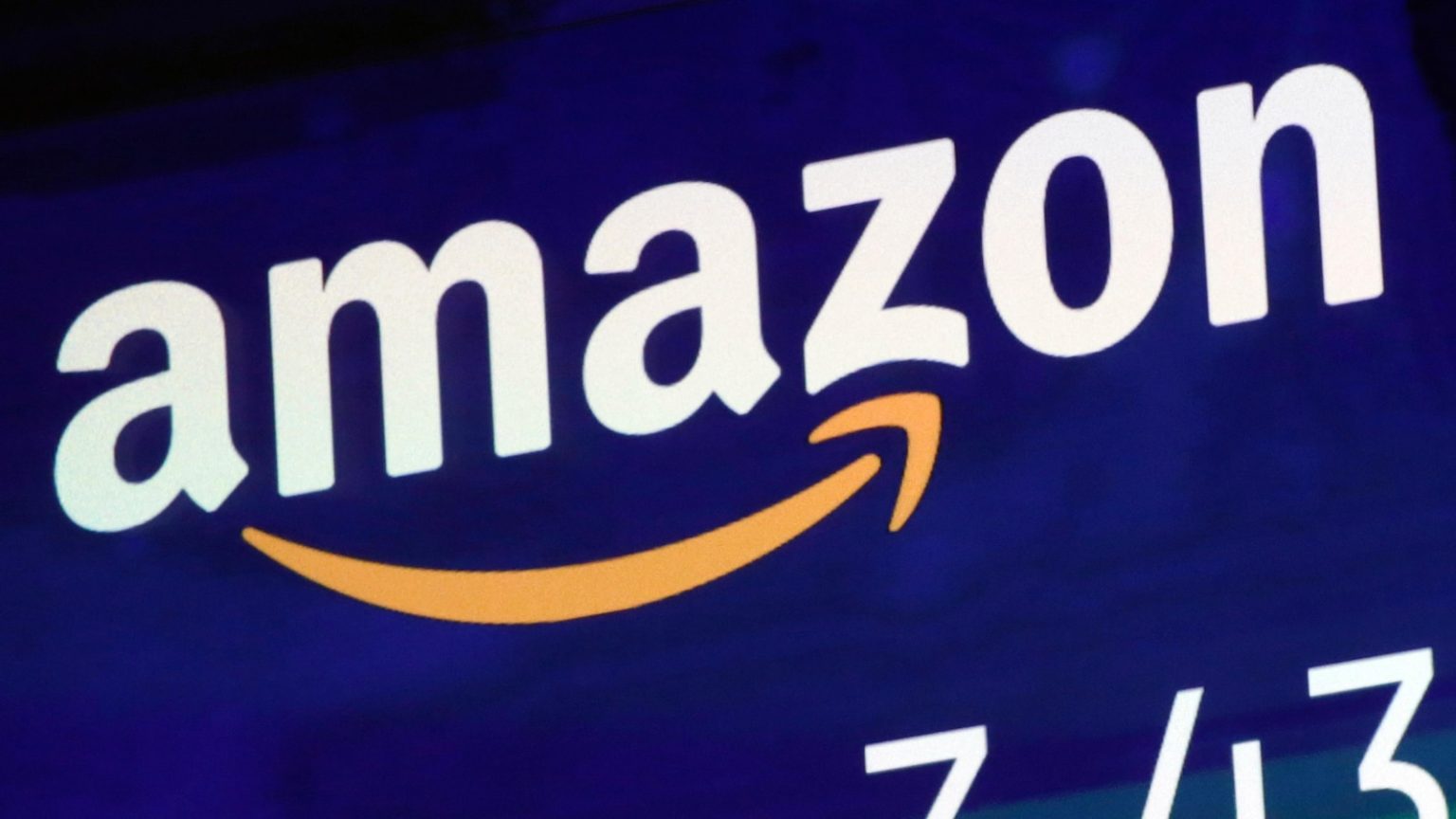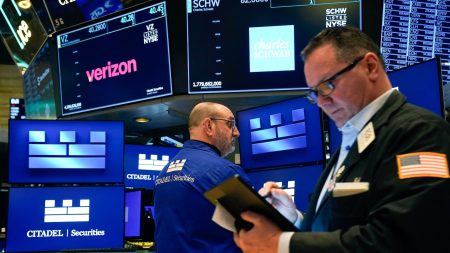The Vote in Garner: A Setback for Unionization Efforts at Amazon
In a significant development for labor organizers and Amazon workers nationwide, employees at an Amazon fulfillment center in Garner, North Carolina, have rejected a proposal to unionize. The vote, which took place from Monday to Saturday, saw approximately three-quarters of the eligible workers casting their ballots against joining the Carolina Amazonians United for Solidarity and Empowerment (CAUSE), an independent labor organization composed of current and former Amazon employees. According to the National Labor Relations Board (NLRB), 2,447 workers voted against union representation, while 829 supported the move to unionize. This outcome marks another challenge for labor organizers seeking to represent Amazon workers, as the company continues to resist unionization efforts across its facilities.
The Garner warehouse, located near Raleigh, is one of Amazon’s key operational hubs in the region, employing around 4,300 workers. The union campaign, led by Rev. Ryan Brown, a former Amazon employee and co-founder of CAUSE, aimed to address concerns related to workplace conditions, wages, and the overall treatment of workers. However, Brown and his team acknowledged the uphill battle they faced, citing regional and cultural factors as significant hurdles. “We knew that historically the tide was against us to have a win for several reasons,” Brown explained. “One, we’re in the South. Two, the average worker that’s in North Carolina knows nothing about a union and the benefits of a union and what a union could do for them.”
The Broader Context: Amazon’s Labor Landscape
The Garner vote comes on the heels of other high-profile unionization efforts at Amazon facilities across the United States. In 2022, workers at an Amazon warehouse on Staten Island in New York City made history by voting to unionize with the Amazon Labor Union (ALU), marking the first successful unionization of an Amazon facility in the U.S. However, the victory was short-lived, as Amazon has refused to recognize the union or negotiate a contract, citing objections to the election process. The ALU, now affiliated with the International Brotherhood of Teamsters, continues to face an uphill battle in its efforts to secure a collective bargaining agreement.
Meanwhile, other Amazon facilities have seen mixed results in their unionization attempts. In Bessemer, Alabama, workers have voted on union representation multiple times, with the most recent election in March 2022 resulting in a rerun after the NLRB determined that Amazon had committed six violations during the initial voting process. The Retail, Wholesale and Department Store Union (RWDSU), which is seeking to represent the Bessemer workers, filed objections to the first election, which had resulted in a union loss. In November, an NLRB administrative law judge ordered a third union election for the Bessemer facility, ensuring that the battle for union representation in Alabama will continue well into 2023.
In contrast to these challenges, workers at a Whole Foods Market store in Pennsylvania achieved a historic victory just weeks before the Garner vote, becoming the first location in the upscale grocery chain to unionize. However, Amazon, which owns Whole Foods, quickly challenged the election results, arguing that the voting process had been tainted. This pattern of resistance underscores Amazon’s determination to maintain its direct relationship with employees and avoid the influence of organized labor.
The Path Forward: Challenges and Lessons for Labor Organizers
The defeat in Garner serves as a stark reminder of the challenges labor organizers face when trying to unionize Amazon workers, particularly in regions where union membership is historically low. Brown and other organizers had been actively campaigning at the North Carolina facility since January 2022, driven by concerns over workplace safety, particularly during the COVID-19 pandemic. Brown cited the company’s failure to provide adequate protections for workers during the pandemic as a key motivator for his organizing efforts.
However, despite these efforts, the majority of workers in Garner opted to maintain their direct relationship with Amazon. The company has long emphasized its commitment to providing competitive pay, safe working conditions, and inclusive workplaces—benefits that many unions typically advocate for. In a statement following the vote, Amazon spokesperson Eileen Hards expressed satisfaction with the outcome, saying, “We’re glad that our team in Garner was able to have their voices heard, and that they chose to keep a direct relationship with Amazon.”
For labor organizers, the Garner vote highlights the need for greater education and outreach, particularly in regions where workers may be unfamiliar with the benefits of union representation. Brown acknowledged this challenge, noting that many workers in North Carolina lack a basic understanding of how unions operate and the advantages they can bring. Addressing this knowledge gap will be crucial for future organizing efforts, as will building trust and solidarity among workers who may be skeptical of unionization due to cultural or regional factors.
The Role of Amazon: A Company Divided
Amazon’s response to unionization efforts has been consistent and often contentious. The company has invested significant resources in campaigns to discourage workers from supporting unionization, often framing itself as a benevolent employer that provides better wages and benefits than what unions typically negotiate. In the case of the Garner facility, Amazon emphasized its commitment to offering safe and inclusive workplaces, asserting that many of the benefits unions seek to negotiate are already in place.
This narrative has resonated with some workers, particularly in regions where union membership is low and where the idea of collective bargaining is unfamiliar. However, critics argue that Amazon’s anti-union stance often masks deeper issues related to workplace conditions, such as high injury rates, demanding productivity standards, and limited opportunities for career advancement. For many workers, the promise of higher wages and better benefits is not enough to offset the challenges they face on the job.
Moreover, Amazon’s refusal to negotiate with unions, even when workers have voted in favor of representation, raises serious concerns about the company’s commitment to employee well-being. The ongoing disputes in Staten Island, Bessemer, and other locations highlight a broader tension between Amazon’s corporate strategy and the aspirations of its workforce. As the company continues to grow and expand its operations, these issues are likely to remain at the forefront of labor relations debates.
The Workers’ Perspective: Why Unionization Matters
For workers like Rev. Ryan Brown and others involved in the CAUSE campaign, the fight for unionization is deeply personal. It is driven by a desire for greater respect, dignity, and fairness in the workplace. Brown’s decision to organize was motivated by his experiences during the COVID-19 pandemic, when he felt that Amazon failed to provide adequate protections for its employees. This sentiment is shared by many workers across Amazon’s facilities, who have faced significant challenges in recent years, from the physical demands of warehouse work to the emotional toll of the pandemic.
The unionization movement at Amazon is not just about wages and benefits; it is about creating a more equitable and sustainable work environment. Workers are seeking a stronger voice in decisions that affect their lives, from safety protocols to scheduling practices. They are also advocating for greater transparency and accountability within the company, ensuring that their contributions are valued and recognized.
For many workers, the decision to support or oppose unionization is influenced by a complex array of factors, including their personal experiences, cultural attitudes toward unions, and the information they receive from both organizers and the company. In the case of the Garner facility, the majority of workers elected to maintain their direct relationship with Amazon, a decision that reflects the challenges labor organizers face in building support for unionization in non-traditional regions.
Conclusion: The Ongoing Battle for Worker Rights at Amazon
The rejection of unionization at the Amazon fulfillment center in Garner, North Carolina, is a setback for labor organizers, but it is by no means the end of the story. The broader context of Amazon’s labor landscape reveals a company grappling with the demands of its workforce, as workers across the country continue to seek greater representation and better working conditions. While the outcomes of unionization efforts have been mixed, the determination of workers like Rev. Ryan Brown and the activists involved in CAUSE underscores the enduring importance of this fight.
As Amazon grows and evolves, so too will the challenges and opportunities for labor organizers. The company’s resistance to unionization is unlikely to diminish in the near future, but neither will the resolve of workers who believe that collective action is essential to achieving their goals. The battle for worker rights at Amazon is far from over, and the lessons learned in Garner, Staten Island, Bessemer, and other locations will play a crucial role in shaping the future of labor relations in the United States.
In the end, the vote in Garner serves as a reminder of the power of worker voices and the importance of education, outreach, and solidarity in the pursuit of fair treatment and equitable workplaces. Whether through unionization or other forms of collective action, the fight for worker rights at Amazon—and beyond—will continue to be a defining issue in the years to come.















